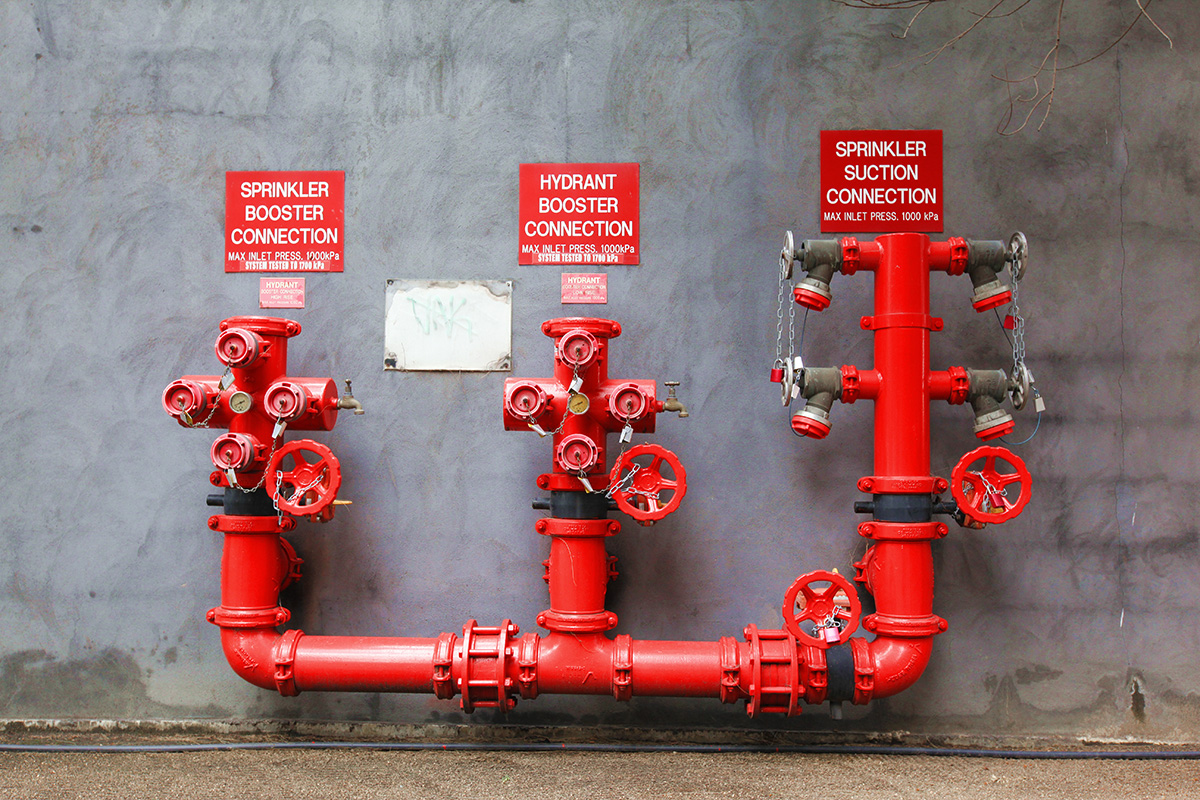Fire Hydrant Testing: Ensuring Reliable Fire Protection
Fire hydrants play a crucial role in fire protection systems, serving as the first line of defence in the event of a fire emergency. Regular testing of fire hydrants is essential to ensure their functionality and reliability when needed. This comprehensive guide aims to provide an in-depth understanding of fire hydrant testing, including its importance, the testing process, and key considerations for maintaining a robust fire protection system.
Importance of Fire Hydrant Testing
Ensuring Readiness:
Fire hydrants must be ready to perform at their best when called upon during a fire emergency. Regular testing helps identify and address any issues promptly, ensuring that the hydrants are in optimal condition when needed.
Compliance with Regulations:
Local and national regulations often mandate the regular testing and maintenance of fire hydrants. Compliance with these regulations is crucial for avoiding penalties and ensuring the overall safety of the community.
Preventing Malfunctions:
Hydrants can face various issues, such as rust, corrosion, or mechanical failures, over time. Testing allows for the early detection and resolution of these problems, preventing potential malfunctions during a fire incident.
Fire Hydrant Testing Process
Visual Inspection:
The testing process typically begins with a visual inspection of the fire hydrant. This involves checking for visible signs of damage, corrosion, leaks, or any other issues that might affect its performance.
Flow Testing:
Flow testing involves measuring the water flow rate from the hydrant. This test helps determine if the hydrant can deliver the required amount of water to combat a fire effectively. It also assesses the overall condition of the water supply system.
Pressure Testing:
Pressure testing ensures that the hydrant can withstand the pressure required for effective firefighting. This test helps identify weaknesses in the hydrant’s structure and ensures that it can handle the demands of a high-pressure firefighting situation.
Hydraulic Calculations:
Hydraulic calculations are performed to assess the water distribution system’s capacity and ensure that the hydrant is connected to a reliable water source. This step is crucial for determining the hydrant’s effectiveness in different scenarios.
Lubrication and Maintenance:
As part of the testing process, hydrants may be lubricated and undergo routine maintenance. This includes checking and greasing moving parts, inspecting gaskets, and replacing any worn-out components.
Key Considerations for Fire Hydrant Testing
Frequency of Testing:
The frequency of fire hydrant testing depends on local regulations, but it’s generally recommended to conduct tests annually. However, hydrants in high-risk areas or harsh environments may require more frequent testing.
Record Keeping:
Maintaining detailed records of fire hydrant tests is essential for tracking their performance over time. These records can help identify trends, plan maintenance schedules, and provide documentation for regulatory compliance.
Collaboration with Authorities:
Fire hydrant testing is often conducted in collaboration with local fire departments or water authorities. Communication and cooperation with these entities ensure that testing procedures align with regional firefighting strategies and water distribution plans.
Emergency Response Planning:
The results of fire hydrant testing can inform emergency response planning. Understanding the capabilities of available hydrants helps fire departments develop effective strategies for deploying resources during a fire incident.
Community Awareness:
Keeping the community informed about testing schedules and the importance of these tests contributes to overall safety awareness. It also helps manage expectations regarding potential water supply disruptions during testing.
In conclusion, fire hydrant testing is a critical component of maintaining a reliable and effective fire protection system. Through regular inspections, flow testing, pressure testing, and hydraulic calculations, fire departments and water authorities can ensure that hydrants are ready to perform when needed most. By adhering to local regulations, keeping meticulous records, and fostering collaboration with relevant authorities, communities can enhance their overall fire safety and emergency response capabilities. Regular testing not only prevents malfunctions but also provides valuable insights for improving firefighting strategies and ensuring the safety of residents and businesses alike.
For more information on Fire Hydrant Testing contact Total Safe UK.

